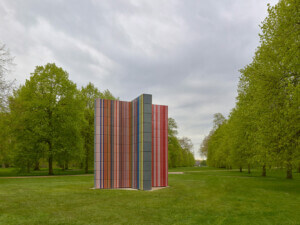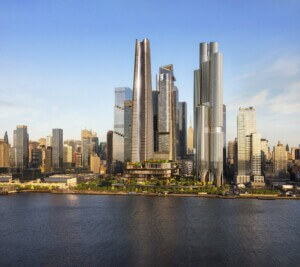This is the second article of AN‘s July/August 2019 print edition feature focused on development. The first, “A new breed of skyscraper threatens to devastate the fabric of New York,” can be read here.
As our economy moves from one of consumerism to one of experience, the real estate industry needs to change. It’s time to shift focus from the hardware of buildings to the software of place.
Developers are great at spotting the potential of land and what mix of uses and development will make land viable—what they’re less good at is what happens next. When they hand over that mix and program to an architect and ask them to squeeze it all into the site, developers may be doing all they’ve ever done historically, but they are neglecting the most critical of steps: agreeing on a vision for the place. “Vision” here means a strongly defined collective destination, the north star that guides and aligns all decision-making and allows teams to answer that most valuable question, “What should we do?” rather than that far more expensive question, “What could we do?” This process begins by asking, “Who is this place for? Why will they come? What will they do here?” When a place lacks vision, the end result is often at worst a commercial or critical failure and at best a bunch of people asking themselves, “What might this site have been if we’d only known then what we know now?”
Architects often say that a project is only ever as good as the client. One of the challenges faced by developers is that many of them outsource the visioning process to architects rather than cocreating it with them. The best projects, and the best places, are always those that have a strong and shared vision delivered with unerring confidence. The absence of a place vision, and the reliance solely on a technical brief, can easily lead to cost overruns, design team disputes, ineffective communication, community objections, and ultimately simply soulless places.
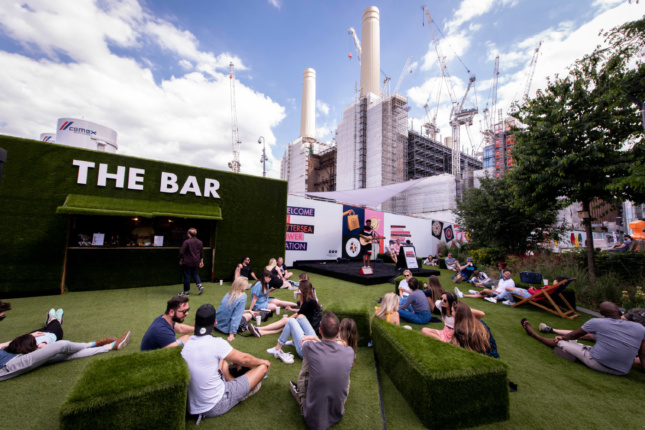
As we move from a consumer economy to an experience economy, we are reaching “peak stuff.” Millennials are far less interested in acquiring things and more interested in seeking experiences. Whereas their parents measured success by working hard to afford a luxury automobile, today’s youth measure their status by the stories they can tell about the latest hip restaurant, a pop-up retail experience, or an amazing vacation cabin in the woods. Instagram is full of the experiences people sought as opposed to the stuff they bought. This is putting ever more pressure on developers to provide a level of experience traditionally only provided by historic or organically emerging postindustrial neighborhoods. It’s time for real estate to step up.
Office developments are no longer about grand statements that appease the corporation. Organizations have shifted their focus to the individual and the attraction and retention of talent over the cathedral to capitalism that has typified so many office buildings of old. In parallel, online retail is winning over homogenous retail streets and shopping centers; places like this will die unless they can shift to provide nontransactional experiences. Online shopping means consumers won’t bother to go to a shopping center or high street filled with chain stores to get things that they can simply buy with one click. There’s more choice online and goods can be delivered, and even returned, on the same day. People will only venture to physical shops if the basic act of consumption is complemented by outstanding service or experience. So the long-term viability of retail environments is predicated on their ability to provide some form of experience that provides enjoyment to the consumer. Architecture alone is no longer the answer.
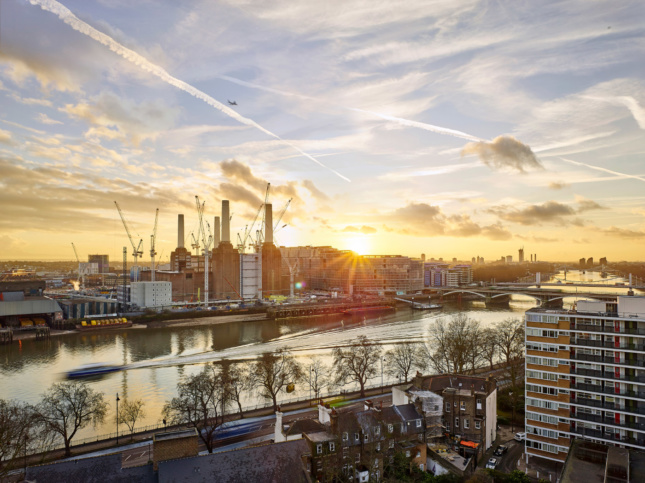
There is good news. Developers that are willing to take the “missing step” and really focus in on vision, purpose, and establishing a place brief will do well. They are not just stemming the tide of failure but actually achieving premium values across all real estate sectors. Kings Cross and Battersea Power Station in London have both proved that considered thought—rather than additional capital—can result in increased demand and value; Google and Apple both moved their operations to the respective projects—proof, if ever it were needed, that a strong vision leads to solid capital results. Closer to home, a strong vision and early communication for SOM’s The 78 development in Chicago allowed Related Midwest to secure stakeholder support for its ambition even before finalizing the massing, which paved the way for faster approvals.
We need to embrace the synergy between great places and their consequent value appreciation. This is how we create a culture of self-perpetuating success, which will enable change where planning policy has failed. A small number of progressive developers have recognized that the market is changing. They can see that customers are increasingly seeking out experiential places that are engaging to live in, work at, or visit. Successful development is increasingly about the software of experience rather than the hardware of buildings. How you invest in creating place can vary whether you are investing millions into a sculpture at Hudson Yards or into a tech incubator to seed market momentum in Tampa.
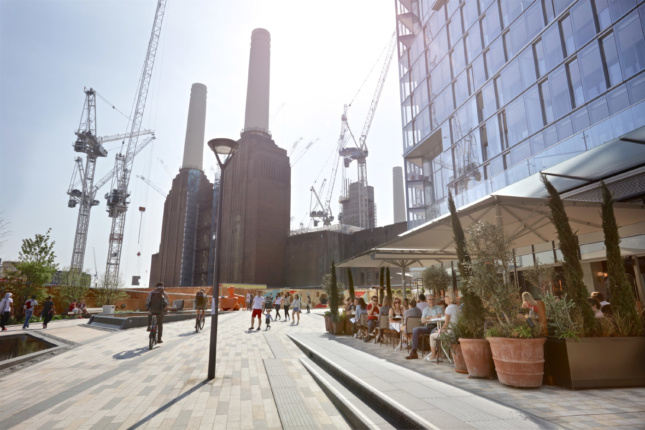
(Courtesy Battersea Power Station Development Company)
In contrast, traditional developers that are failing to develop or repurpose projects with such a sense of purpose and life are seeing their investment values stagnate.
The scale of postindustrial sites that are now coming forward means we are no longer developing infill buildings that work off the historic character of established neighborhoods. Developers are working across entire districts, and it is essential that an overarching vision and purpose is established at the earliest opportunity. Failure to do so will result in incoherent and unsuccessful new districts; cookie-cutter, big brand monoculture; and disappointing, unpopular places. We are all familiar with places that have failed; they are globally prevalent, and the reason the real estate development industry is treated with such contempt and skepticism by the general public. But as new case studies emerge, such as King’s Cross in London, they act as a showcase for the synergy between the creation of great and thoughtful places and a more viable business practice.
David Twohig is a founding partner of Wordsearch Place.








